Anna Campbell has maintained a remarkable consistency in terms of both technical skill and artistic vision, writes Riann Coulter
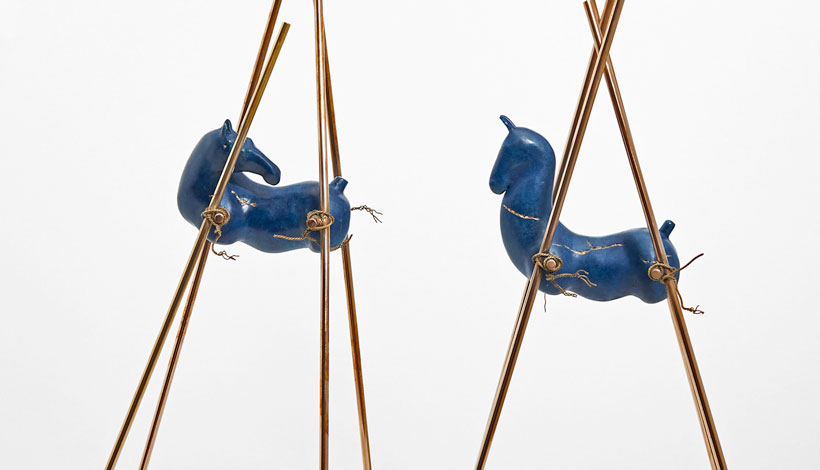
Inspired by birds and other familiar animals including horses, hares and bulls, Anna Campbell’s work is usually domestic in scale and characterised by her knowledge of form and her skill in rendering colour and pattern. In works including Hen, Campbell has distilled the essence of birds‚’ shapes into a tactile, rounded form that clearly has its origins in carving. In her majestic Heron, the polished-bronze skull complements the blue-grey patterned surface of the folded wings (Fig 4). On first glance, it is hard to believe that both elements are bronze and that the surface colour is the result of chemicals applied during the patination process. In these works and others, including I Spy – a striking black crow with a golden eye, inspired by the birds that roost at the end of her garden in Co Down – Campbell elevates her subjects to icons and reminds us that in many ancient cultures birds were both worshipped and feared.
To read this article in full, subscribe or buy this edition of the Irish Arts Review
Inspired by birds and other familiar animals including horses, hares and bulls, Anna Campbell’s work is usually domestic in scale and characterised by her knowledge of form and her skill in rendering colour and pattern. In works including Hen, Campbell has distilled the essence of birds’ shapes into a tactile, rounded form that clearly has its origins in carving. In her majestic Heron, the polished-bronze skull complements the blue-grey patterned surface of the folded wings. On first glance, it is hard to believe that both elements are bronze and that the surface colour is the result of chemicals applied during the patination process. In these works and others, including I Spy – a striking black crow with a golden eye, inspired by the birds that roost at the end of her garden in Co Down – Campbell elevates her subjects to icons and reminds us that in many ancient cultures birds were both worshipped and feared.
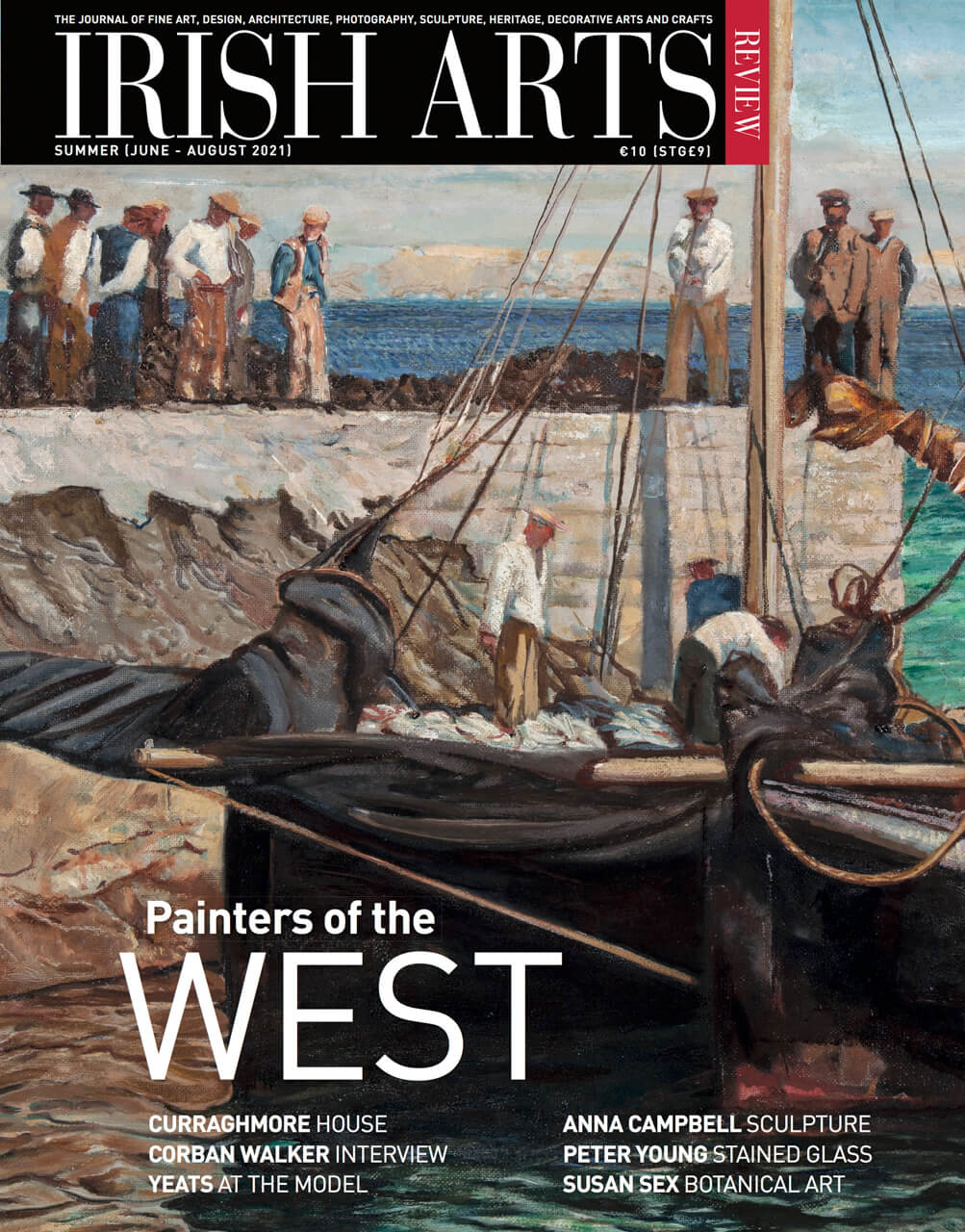
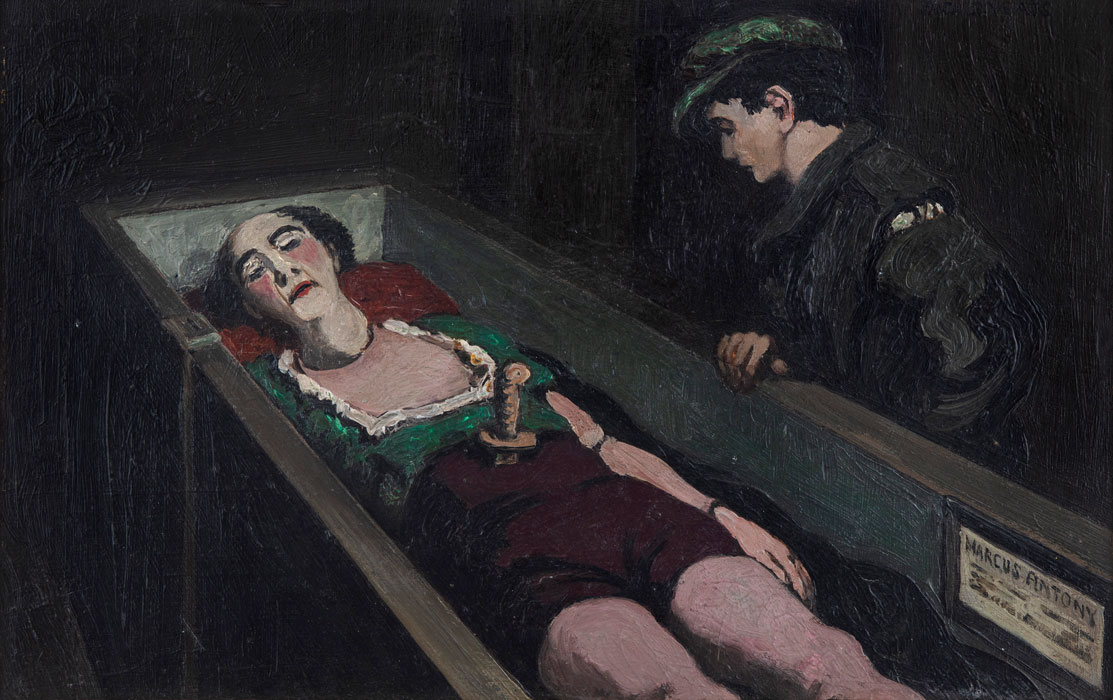
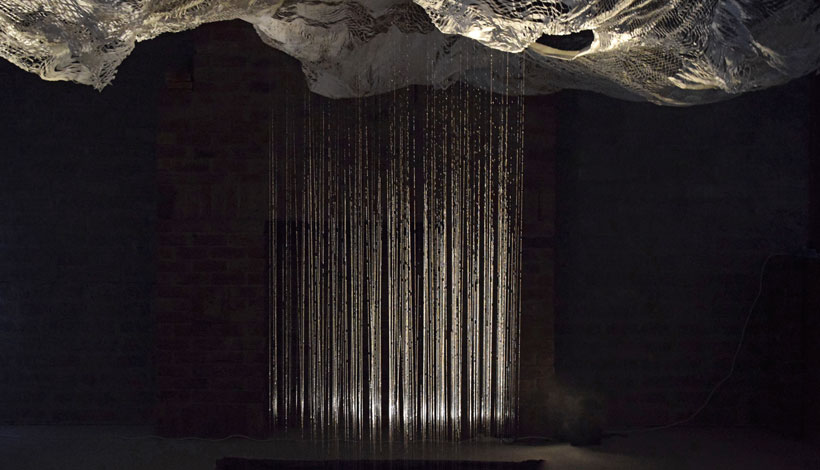
Marcel Vidal finds that a thread of instability runs through Freida Breen’s sculptural practice
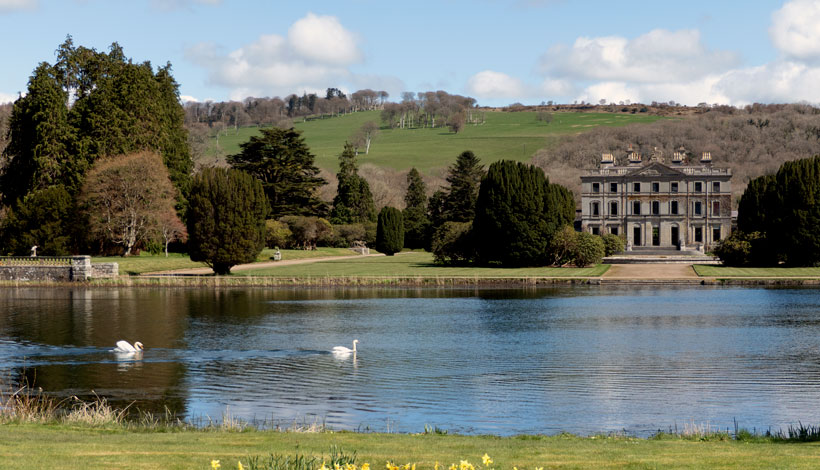
Julian Walton and William Fraher explore the magnificent Curraghmore House in County Waterford, where, three hundred years ago, the union of two families produced the most powerful dynasty in late Georgian Ireland